
 Surveillance cameras ... increasing importance.
Surveillance cameras ... increasing importance.
AXIS Communications, a global market leader in network video solutions, believes that H.264 will become the compression standard of the future, enabling video images to ‘travel light’, so that IT managers can benefit from its flexibility, mobility, lower costs and reduced physical strain on their networks.
The need for the system comes against a backdrop of the increasing importance and necessity of security at construction sites and industrial work environments.
Explaining the importance of network video surveillance in work environments, Baraa Al Akkad, regional manager, Axis Communications Middle East, says: “The construction industry has an intriguing mix of security requirements, which range from security during initial land clearance and preparation stages through to specifying integrated security and video surveillance solutions at the final M&E (mechanical and electrical) fitting-out stage. As a solution, Axis Communications offers high-tech, cost-effective IP-network cameras that are ideal for outdoor surveillance.
“With most building site management teams working to strict budgets, the security of the building site is viewed as a costly and inefficient use of resources. It is for this reason that potential thieves find a building site a treasure chest of high value equipment which can be sold on very quickly. In addition, the site-office is usually located in an inaccessible area containing very expensive equipment as well as high-value information which could be very useful to rival companies. Video surveillance provides a cost-effective solution while providing 24/7 visibility of the site, even at night.”
Surveillance products comprise different video compression standards, which reduce data by different means and hence results differ in bit rate, quality and latency.
The two basic compression standards used here are JPEG and MPEG. Broadly speaking, JPEG is for compressing still digital pictures, whereas MPEG is for digital video sequences. But the traditional JPEG image formats also come in variations for digital video: Motion JPEG and Motion JPEG 2000. The group of MPEG standards encompasses MPEG-1, MPEG-2, MPEG-4 and H.264.
H.264, also sometimes referred to as MPEG-4 Part 10/AVC), is the newest standard for video encoding. It is the result of a joint project between the International Telecommunications Union’s Video Coding Experts Group (VCEG) and the ISO/IEC Moving Picture Experts Group (MPEG). Jointly defined by standardisation organisations in the telecommunications and IT industries, H,264 is expected to be more widely adopted than previous standards.
It was developed to fulfill the requirements for mobile, video, TV and HDTV applications, and to provide high video quality at substantially lower bit rates than previous standards and with fewer errors and lower latency without increasing the design complexity to the extent that it would be impractical or expensive to build applications and systems.
Al Akkad explains: “A video surveillance system supporting H.264 compression reduces the storage cost and bandwidth occupancy by up to 80 percent more than with Motion JPEG. It dramatically lightens the network load.”
Reduced storage
“One immediate benefit of the drastically-reduced file sizes is the impact on storage and bandwidth requirements. For the same amount of video data, with the same image quality, a video surveillance system supporting H.264 compression will basically reduce the storage cost and bandwidth occupancy by at least 50 per cent compared to when using conventional compression technologies. As the systems grow larger, and the requirements for high resolution images in combination with high frame rates increase, H.264 will be a key differentiator between various system solutions,” he points out.
Higher resolution
Al Akkad continues: “Depending on application needs, there are various ways to benefit from the impressive compression rate of H.264. Today, it is common to choose a limited frame rate or lower resolution in order to stay within the specified storage limitations of an application. This has a negative impact on the video images, which become either blurry or less detailed. Introducing video surveillance equipment that support H.264 compression in such an application will enable several combinations of increased frame rate and image resolution, thus providing higher image quality.
Pushing demand
“H.264 is expected to accelerate the adoption of megapixel cameras within the surveillance industry. One of the current trade-offs of megapixel cameras is the large size of the recorded video data. As mentioned, H.264 reduces the large file sizes without compromising image quality. It is likely that the highly efficient compression technology find the quickest traction in applications where there are demands for both high resolution and high frame rates, such as in the surveillance of airports, retail stores, banks and casinos.”
H.264 presents a huge step forward in video compression technology. With support from many industries and applications for consumer and professional needs – such as QuickTime, Flash, YouTube, iPod and PlayStation 3 – H.264 is expected to replace other compression standards and methods in use today.
“The H.264 standard is a future-proof technology expected to become the video standard of choice in the coming years. It is already featured in a number of business and consumer applications, such as the Blu-Ray Disc format, HDTV, telecommunications, broadcasting solutions, mobile phones and digital video players,” says Al Akkad.
Axis, a Sweden-based company founded in 1984, is experiencing considerable growth and demand for its IP-based surveillance systems in the Middle East region. Its local headquarters is situated in Dubai Airport Free Zone.
The company’s products include its top-of-the-range high-quality network cameras for securing people and remotely monitoring property, equipment and facilities, ensuring no outside threats. Axis network cameras provide additional features, which can be evaluated against all traditional methods of surveillance which include remote monitoring, simultaneous Motion JPEG and MPEG-4, enhanced two-way audio support. In addition, the network cameras placed can send visual evidence remotely to the relevant authorities ensuring a speedy response to a security incident.






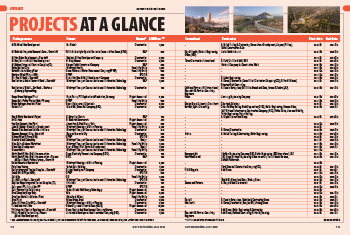




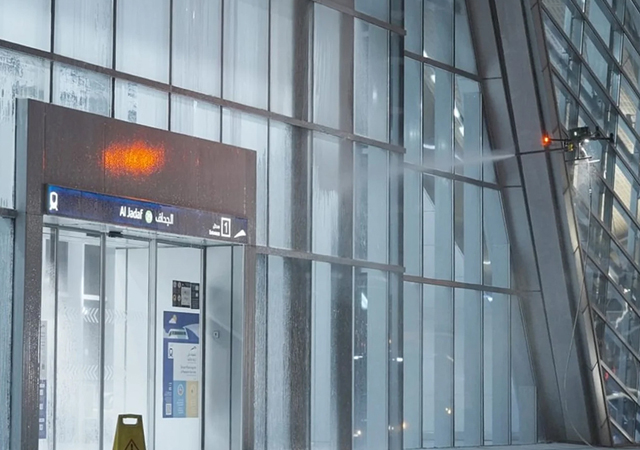

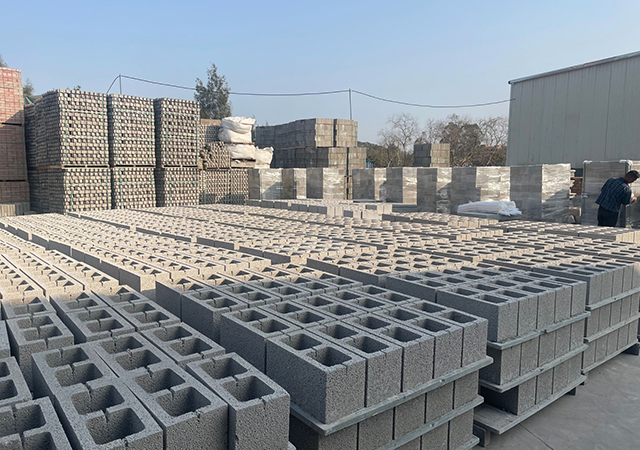


.jpg)
.jpg)
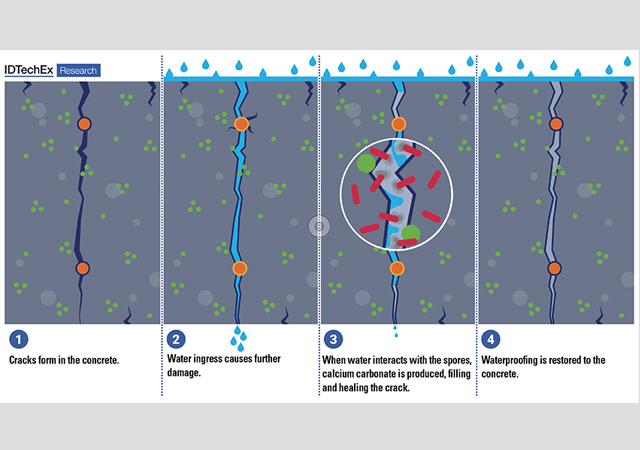
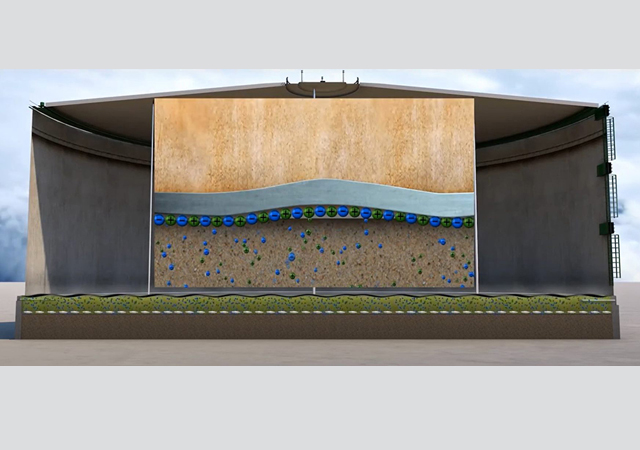
.jpg)
.jpg)


.jpg)




 Doka.jpg)
































